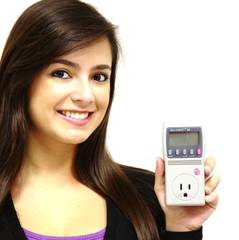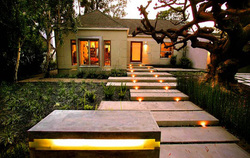
There are several reasons why occupancy sensor switches are a great upgrade to traditional light switches. They are convenient, energy efficient, and can save you money, to name a few. However, some homeowners find it difficult to justify the initial cost of an occupancy sensor by the continual savings on electricity in a reasonable amount of time. This is a valid concern for certain applications, and if the convenience isn’t worth paying for only one thing can help justify buying an occupancy sensor: a smaller price tag!
The Decora PR180-1LW by Leviton is an affordable residential occupancy sensor that packs the same technology as comparable higher end motion sensor switches. Just because it is less in cost does not mean it lacks in quality.
This particular Leviton Decora occupancy sensor can be found for less than $16. When mounted in a standard wall switch junction box it detects motion using passive infrared technology. It’s field of view is a full 180 degrees along the wall it is mounted on and can see everything in front of it.
The Decora PR180-1LW by Leviton is an affordable residential occupancy sensor that packs the same technology as comparable higher end motion sensor switches. Just because it is less in cost does not mean it lacks in quality.
This particular Leviton Decora occupancy sensor can be found for less than $16. When mounted in a standard wall switch junction box it detects motion using passive infrared technology. It’s field of view is a full 180 degrees along the wall it is mounted on and can see everything in front of it.



 RSS Feed
RSS Feed